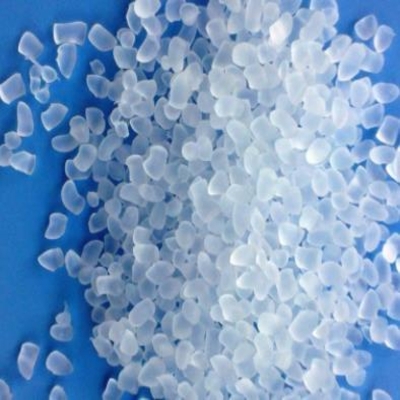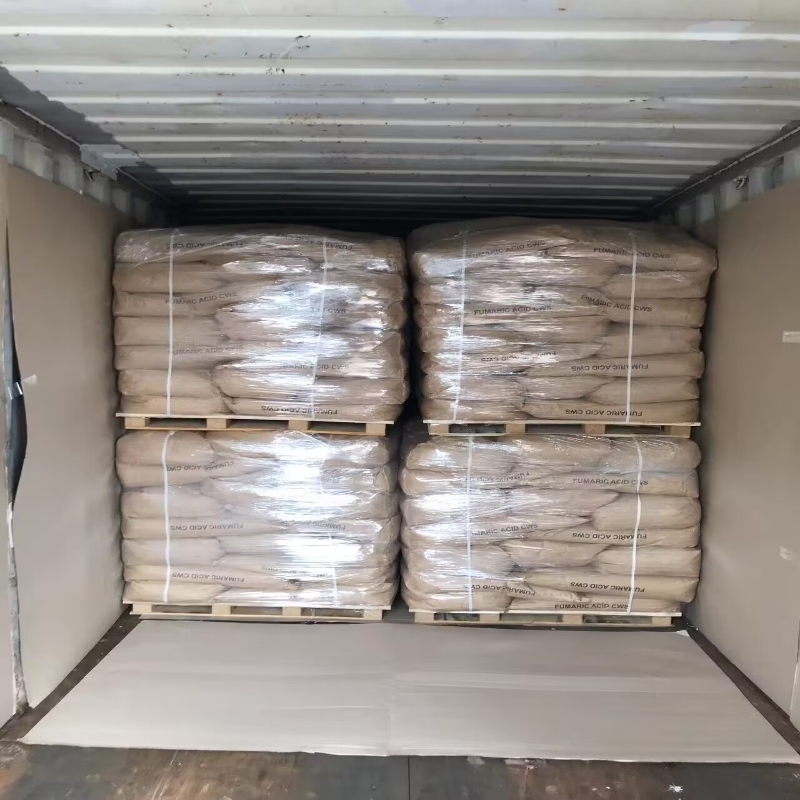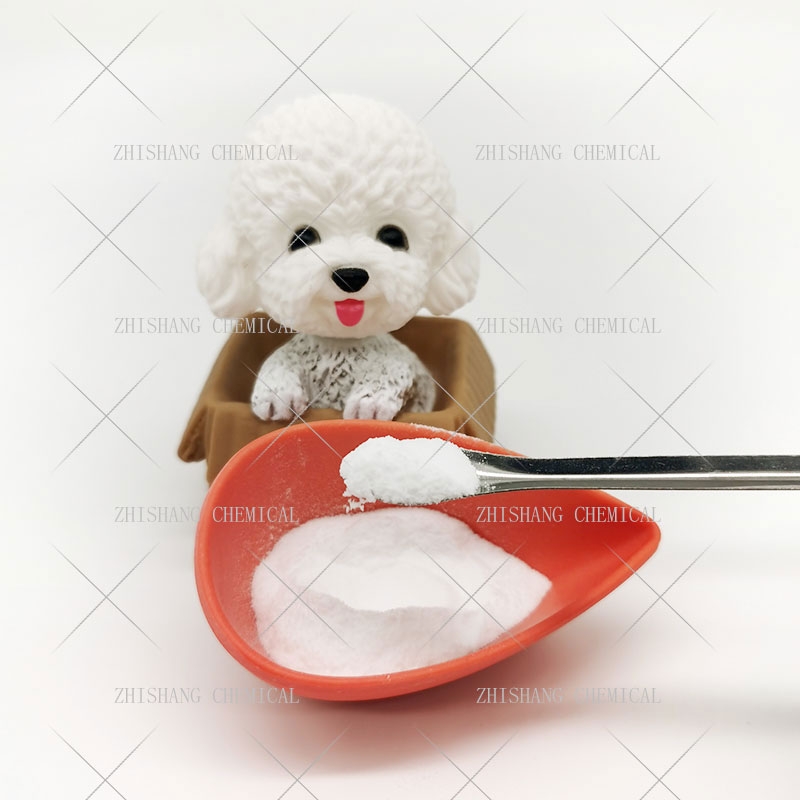Cosmetic Ingredient
- • Abrasive (124)
- • Absorbent (84)
- • Anticaking (66)
- • Anticorrosive (25)
- • Antifoaming (19)
- • Antimicrobials (290)
- • Antioxidant Ingredient (393)
- • Antiperspirant (20)
- • Antiplaque (48)
- • Anti-seborrheic (38)
- • Anti-sebum (39)
- • Antistatic (458)
- • Astringent (162)
- • Binding Agent (172)
- • Bleaching Agent (53)
- • Buffering (191)
- • Bulking (109)
- • Chelating (122)
- • Cleansing (679)
- • Cosmetic Colorant (212)
- • Cosmetic Preservative (158)
- • Denaturant (45)
- • Deodorant (98)
- • Depilatory (27)
- • Dissolving Agent (298)
- • Emollient (795)
- • Emulsifying Agent (480)
- • Emulsion Stabilising (154)
- • Exfoliating (19)
- • Film Forming (299)
- • Flavouring (72)
- • Foam Boosting (161)
- • Foaming (101)
- • Fragrance Ingredient (726)
- • Gel Forming (19)
- • Hair Conditioning (670)
- • Hair Dyeing (363)
- • Hair Fixing (36)
- • Hair Waving or Straightening (45)
- • Humectant (282)
- • Hydrotrope (92)
- • Keratolytic (20)
- • Light Stabilizer (80)
- • Moisturising Agent (50)
- • Nail Conditioning (42)
- • Occlusive (20)
- • Opacifying (119)
- • Oral Care (123)
- • Oxidising (19)
- • Perfuming (2105)
- • Plasticiser (98)
- • Propellant (19)
- • Reducing (50)
- • Refatting (12)
- • Refreshing (26)
- • Skin Cleansing (388)
- • Skin Conditioning (1751)
- • Skin Humectant (21)
- • Skin Protecting (282)
- • Smoothing (31)
- • Soothing (71)
- • Tonics (155)
- • UV Filter (34)
- • Viscosity Controlling (532)
Chemicals as Skincare Ingredients
Related News
-
Pfizer China Oncology Division Restructures Amid Executive Changes
2025-03-19 -
Price Surge Alert as Major Suppliers Increase Barium Sulfate Costs by 200 Yuan per Ton
2025-03-20 -
Shell Considers Partnering with the U.S. and Closing European Chemical Assets
2025-03-26 -
Quaker Houghton Acquires Dipsol Chemicals, Strengthening Advanced Solutions Portfolio
2025-03-27 -
AstraZeneca to Invest $2.5 Billion to Establish Global Drug R&D Center in Beijing
2025-03-25 -
Saudi Aramco CEO: Invest in downstream projects in China's energy, chemical and other fields
2025-03-28
Opacifying
Silica, amorphous, fumed, cryst.-free
(112945-52-5)-
Cosmetics Grade / 99%
-
-
Industrial Grade,Reagent Grade / 99%
-
Pharmacy Grade / 99.5%
Request for quotation , get quotes from more suppliers.
Glycol monostearate
(111-60-4)-
Cosmetic grade / 98%
-
![2-Hydroxyethyl stearate buy 2-Hydroxyethyl stearate]()
Cosmetic Raw Materials / 99%
-
- / 99%
-
Industrial Grade / 99%
$520-560/MT FOB
Request for quotation , get quotes from more suppliers.
Butadiene-styrene copolymer
(9003-55-8)-
Industrial Grade / 99%
-
Industrial Grade / 99%
-
-
Industrial Grade / 60%
Dolomite (CaMg(CO3)2)
(16389-88-1)3
)
2
with a rhombohedral system. It has a density of 2.8 g/cc and hardness of 4 on the Mohs scale.
Dolomite has a vitreous lustre which is between transparent and translucent. It effervesces with hot concentratedh ydrochloric acid (HCl).
A carbonate-rich sedimentary rock of chemical or biological origin contains 50% or more carbonate, of which at least half is in the form of dolomite.
-
Industrial Grade / 99%
-
Pharmacy Grade / 99%
-
Pharmacy Grade / 99%
-
![DOLOMITE buy DOLOMITE]()
Request for quotation , get quotes from more suppliers.
Oleamide
(301-02-0)-
Industrial Grade / 99%
-
Industrial Grade / 99%
-
Industrial Grade / -
-
- / 0.00%
Stearyl alcohol
(112-92-5)-
Cosmetics Grade / 99%
$1-1.2/KG FOB
-
Industrial Grade/pharmacopeia / 99%
$1-1.3/KG FOB
-
Industrial Grade / 99%
-
- / 0.00%
Request for quotation , get quotes from more suppliers.
Silicic acid
(1343-98-2)-
- / 90.00%
-
-
Industrial Grade / 99%
-
Request for quotation , get quotes from more suppliers.
Diatomite
(61790-53-2)-
Industrial Grade / 99%
-
Industrial Grade / 99%
-
Food Grade / 99%
-
Request for quotation , get quotes from more suppliers.
Silica hydrate (1:?)
(10279-57-9)-
Pharmacy Grade / 99.0%
-
-
industrial Grade / 98%
-
Industrial Grade / 99%
$1/MT FOB
Gypsum (Ca(SO4).2H2O)
(13397-24-5)-
Industrial Grade / 99%
$1500-1650/MT FOB
-
![CALCIUM SULFATE HEMIHYDRATE buy CALCIUM SULFATE HEMIHYDRATE]()
Different Grade / 99.9%
-
![Gypsum buy Gypsum]()
Industrial Grade / pharmaceutical grade / 99%
-
![Calcium sulfate 2-hydrate buy Calcium sulfate 2-hydrate]()
Industrial Grade / 99%
$0.1/KG EXW
Request for quotation , get quotes from more suppliers.
More Information
Opacifying agents are fundamental components in cosmetic formulations, especially in products like foundations and lotions, where achieving an opaque appearance is desired. These agents work by scattering and diffusing light, thereby reducing transparency and creating a visually opaque appearance.
When opacifying agents are added to formulations, they interact with light to minimize the transmission of light through the product. This scattering of light particles helps to conceal imperfections and even out the skin tone, resulting in a smoother and more uniform appearance. Additionally, opacifying agents can also enhance the coverage and longevity of makeup products.
In cosmetic formulations, opacifying agents are commonly used in:
•Foundations
•Lotions
•Creams



















![Fluorphlogopite (Mg3K[AlF2O(SiO3)3])ISO 9001 buy Fluorphlogopite (Mg3K[AlF2O(SiO3)3])ISO 9001](https://file.echemi.com/fileManage/upload/goodpicture/20231019/3-quinolyl-boronic-acid_b20231019181043366.jpg)

























